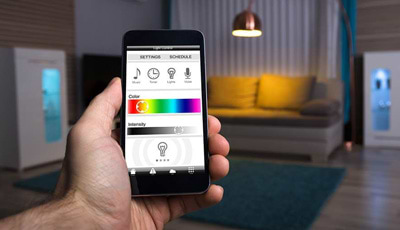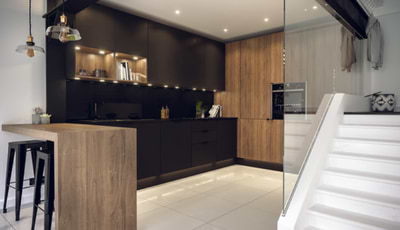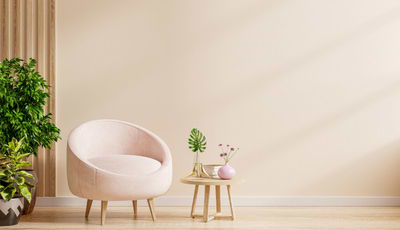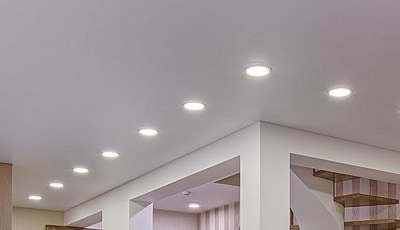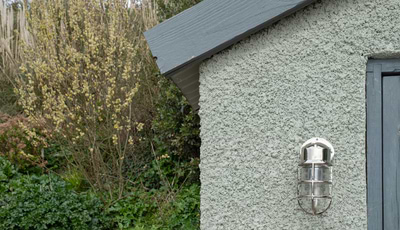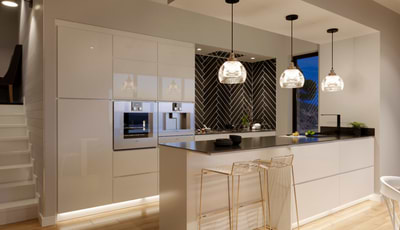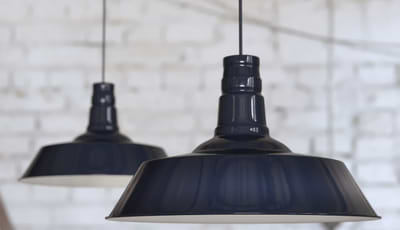Elesi Blog
Lighting Guides & Interior Design Tips
-
How to Transform Your Home With Smart Lighting
We look at how smart home technology can help you take control of your lighting, heating, music, security systems, and much more. -
Longevity of LED’s
There's never been a better time to make that switch to LED lighting. We look at the life expectancy and the longevity of an LED bulb over time along with the cost savings. -
What Are Fire Rated Downlights?
The fire-rated specification is an incredibly important part of downlight safety. Let's explore what fire-rated downlights are, and what to look for in the buying process. -
Which Colours Go With Cream?
Cream is a highly versatile colour that works well with a multitude of other colours. Let's take a look at what colours cream goes well with. -
What Are High CRI Downlights?
We explore using high CRI downlights in your home, what to look for when purchasing them and the benefits they can bring to your interiors. -
IP Rated Lighting Guide: What is an IP Rating?
In this IP66 lights edit, we explore what IP65 exactly means and the ideal lights for bathroom or outdoor use. -
How Many Pendants for a Kitchen Island?
We explore kitchen island lighting ideas, how many you should put over a kitchen island and all about the rule of odds and why it's important. -
How To Light A Stairway
In this blog, we explore how to light a stairway in an unobtrusive, and stylish way with LED recessed stairway lighting and wall lights. -
Navy Blue Pendant Light Ideas
A highly versatile colour for your interiors. Let's take a look at some navy blue pendant light ideas for your home.



